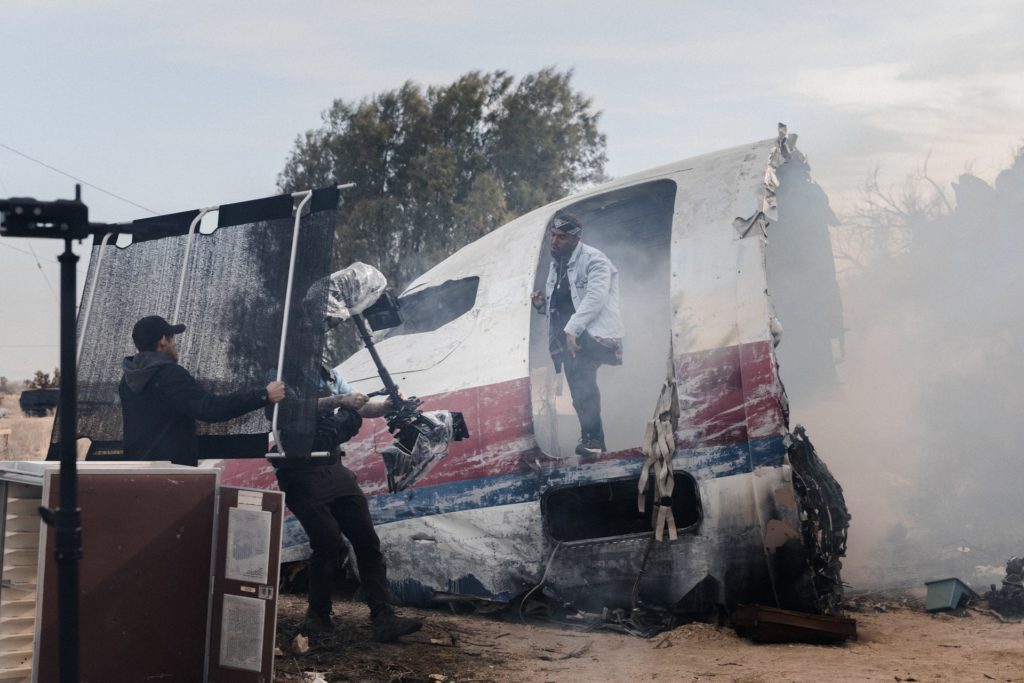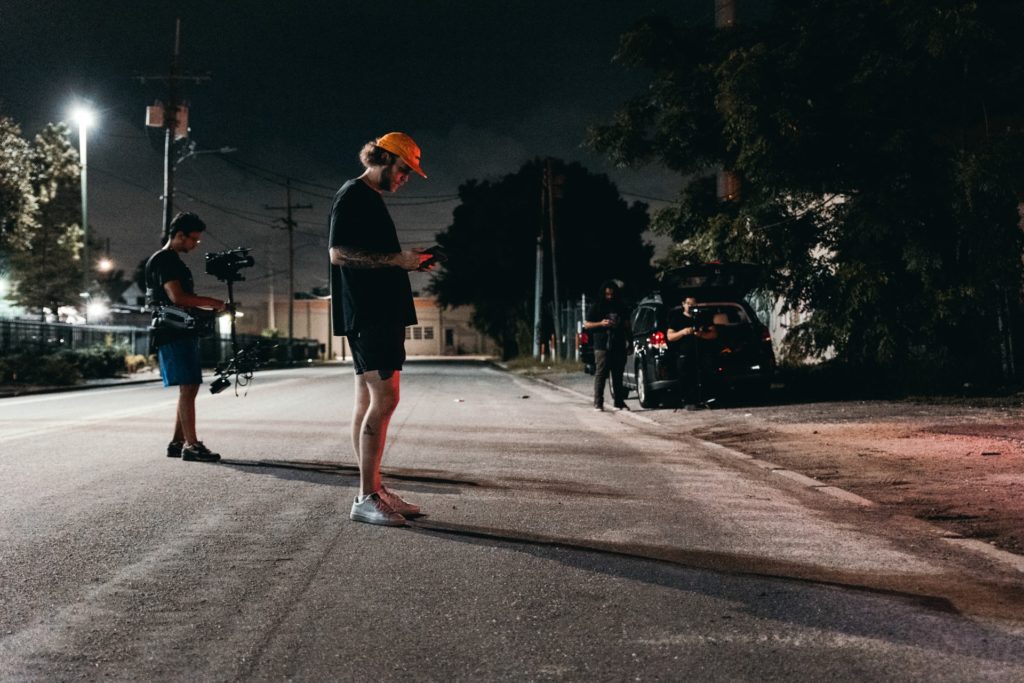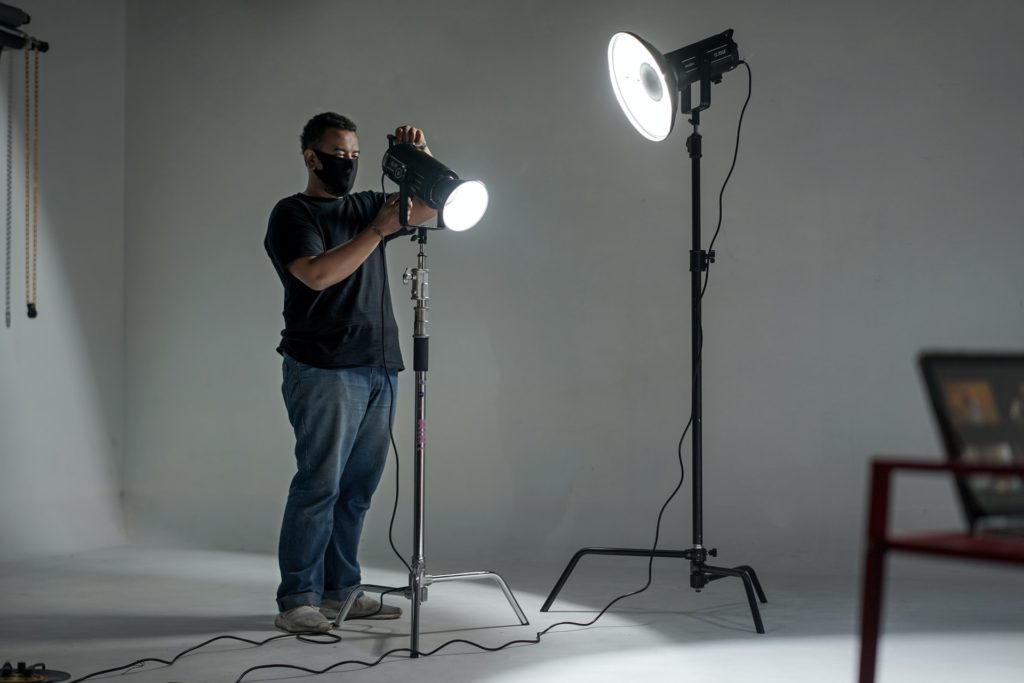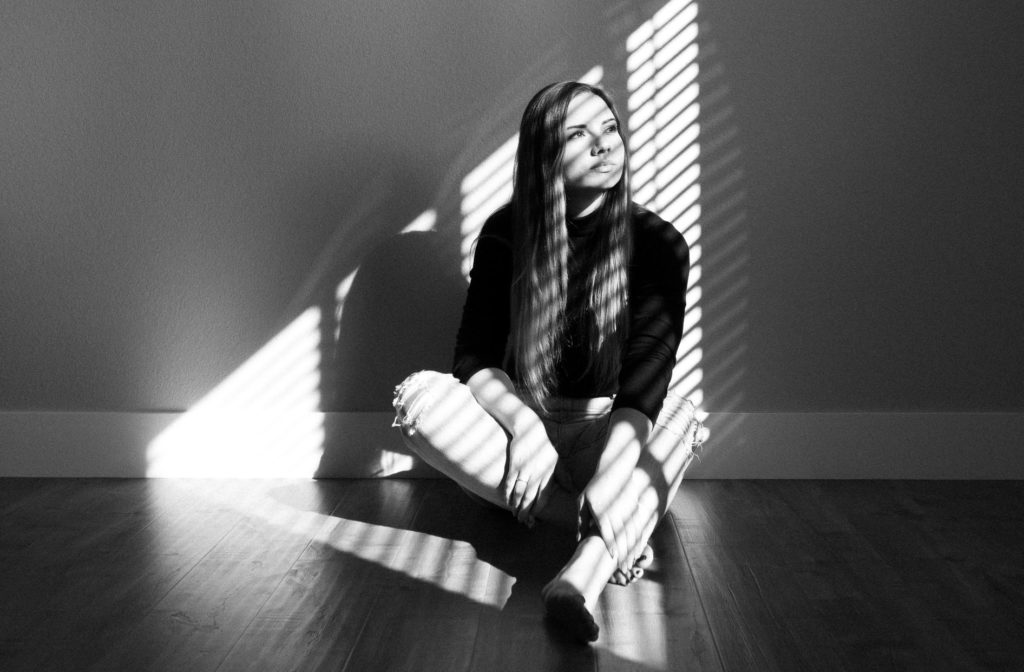5 Reasons to Hire a Gaffer on Your Indie Film
When beginning to study film, it can be difficult and sometimes overwhelming to sift through all the different jobs on a set.
If you’re anything like me when I first began studying film, I saw the term “gaffer” and immediately thought to myself, “what is a gaffer?!”
So, let’s break it down for you.
What is a Gaffer in Film?
Let’s start simple, then dive deeper.
A gaffer is the person on set who leads the electrical department.
When you, as the director, are laying out what you envision your film to look like, it is the gaffer’s job to assist you and ultimately plan how to light each shot to align with your vision.
A gaffer must know the ins and outs of your film and he or she must be able to work meticulously in order to make sure the feel of the film remains consistent via the lighting.
Your gaffer will work closely with you as the director and your cinematographer, making sure each shot coincides both with your personal vision and the shot it succeeds.
Film Gaffer vs. Film Grip
Something important to clarify is the difference between your gaffer and your grip.
While a gaffer attends to the electrical department, your grip is more technical in the fact that they set up equipment and make sure everything is working efficiently on set.
If you would like to learn more about grips, check out our blog post dedicated solely to the role of a grip and why they are critical on film sets.
These two roles are essential on film sets and often work very close together during production. Their roles go hand in hand, though they do each play a distinct role on your set.
For example, while your gaffer plans out what the lighting should look like according to the cinematographer’s lighting vision, your grip will set up the equipment so the lighting plan can be achieved.
Film Gaffer Responsibilities

As a gaffer, you would be responsible for assessing locations that will be used for filming.
You are not responsible for finding the locations, but it would be up to you to evaluate the locations once they are picked so you can begin planning how to light your shots and start to come up with plans should an electrical issue arise during production.
In addition, if you’re shooting outdoors where weather could play a role in how your shot is lit on screen, you would be responsible for planning out how to work around those factors.
Once on set and filming, as mentioned before, the gaffer is responsible for making sure lighting plans are followed and being the chief of lighting and light sources during production.
Much like how a key grip leads the grip crew, a gaffer leads a team of individuals who oversee electricity, being sure that communication is efficient on set.
Gaffer’s Tape
An important resource that gaffers use is something called gaff tape.
Gaff tape is useful for as it can be used to secure electrical equipment to surfaces to help reduce the likelihood of injuries on set as well as a temporary fix for equipment that may need fixing.
It is made out of cotton and is a very strong adhesive that is not to be confused with duct tape.
Gaff tape is particularly useful as it will not reflect in the light and while it is made of a strong material, it does not require a tool to cut it.
Why Hire a Gaffer?
1. They Are Extremely Attentive to Detail

When creating your film, no matter how clear an idea you have for something, it’s easy to miss little mistakes.
Furthermore, it is easy to get stuck on one idea that you think is best.
Your gaffer, though, can look more objectively at your shots and potentially pose ideas that could make your film better.
The bottom line is, if something looks off, your gaffer will notice and be able to suggest how to fix it.
2. They Assist with Safety Protocols
A gaffer must be very meticulous and be sure that everything on set is as safe as possible.
There is a great margin for error on a film set, so utilizing tools like gaff tape to secure electrical wires is necessary and your gaffer will be able to assist with this.
3. They Help with Pre-Production Planning

A gaffer is also efficient during pre-production, making your job during production easier.
Something extremely important that your gaffer will do is craft lighting plans.
Once he or she reads the script, they can immediately begin crafting a rough plan as for what the lighting should look like in each scene.
Moving forward, once locations are scouted, your gaffer can take his or her plans further and generate even more specific plans.
Having a plan set in stone going into production will alleviate an immense amount of stress during production since you will be aware of exactly what needs to happen on set.
There should be minimal confusion on set, saving time when filming begins. Because your gaffer will have plotted out specific plans, your crew will already know where they should be and when, alleviating stress and confusion.
4. Lighting Plays a Huge Role in a Film

Lighting is something that is easily and often overlooked by viewers, but it plays quite an important role in the way a film is viewed.
The way a film is lit will set the tone and the mood of the film, even if you, as the viewer, are unconscious of it.
Take Hitchcock’s Psycho, for example. When Marion first meets Norman Bates, their interaction is nothing to write home about, it appears to be a normal interaction. Though the way Norman is lit and the way the low-key lighting pervades the screen conveys a creepy and untrustworthy mood.
The lighting tells you a story that the characters haven’t yet had the chance to.
5. They Help Create a Peaceful Work Environment
On set, it is essential that a gaffer be patient, and because they have such high authority and people on your set will be looking to them for guidance, their attitude will be able emanate on set and trickle down to others working on your film.
If you think a gaffer is someone that you need on your set (which is probably true!) but you fear you don’t have the budget for it, consider our contests for your chance to win up to $10,000 amongst other prizes to help fund your next project!
Hello! Wonderful and informative post! I have a question in relation to on-set career pathways. I am picking up “camera man” related gigs because one day I want to be an accredited Cinematographer. When I read your article, I knew that a gaffer dealt with electric operations but it appears (according to what you wrote) that they actually can decide the actual look of a scene, I guess if whoever the director is, hasn’t? I’m thinking of it (based upon my own limited experience) like just because I may be a grip and have set up equipment doesn’t mean that I would tell the director/AD/ DP/1st/2nd AC that a shot can’t be (artistically) achieved with the particular set up in question . But isn’t that the responsibility of the director of photography? Thanks for reading and a (much appreciated) response!
Hi Gary, thanks for your comment! You’re absolutely right that the director and DP decide the look of the scene. But because the gaffer will be the actual person setting up the lights, this position will have a large impact on what the scene will look like. For example, the DP may ask for hard or soft light, and it’s up to the gaffer to execute this lighting.